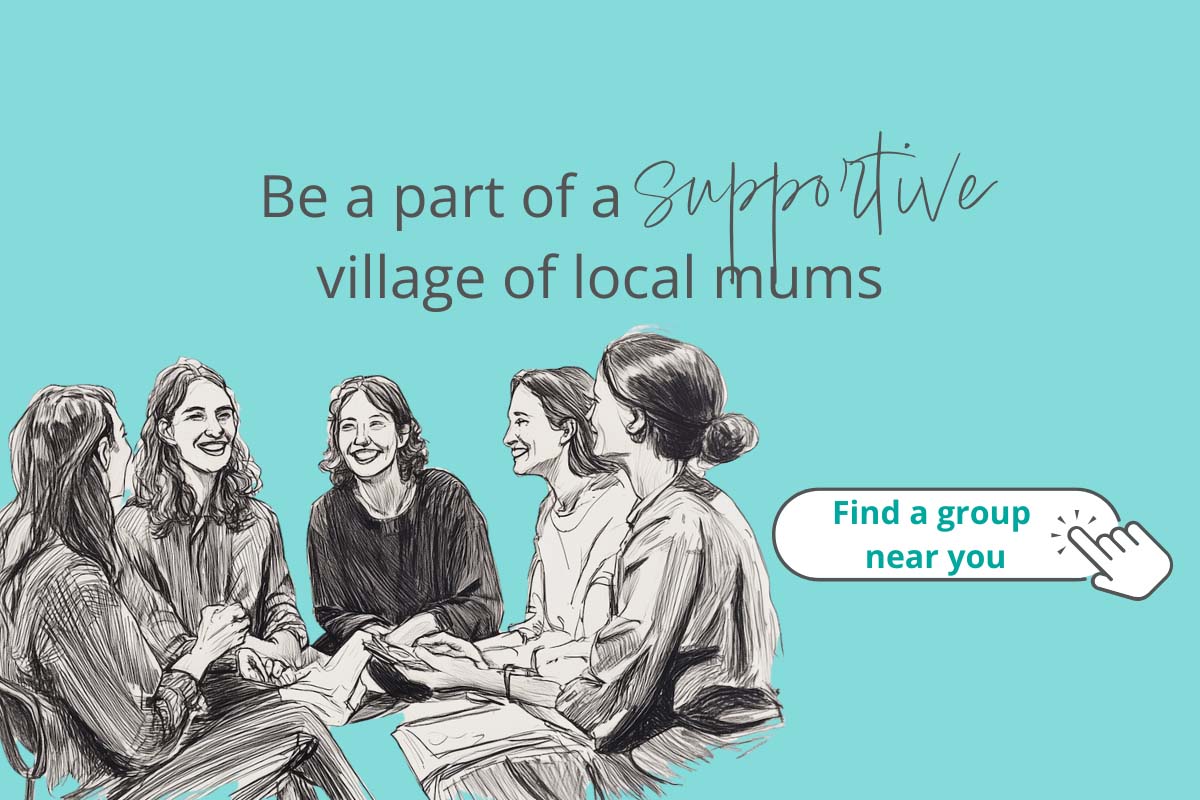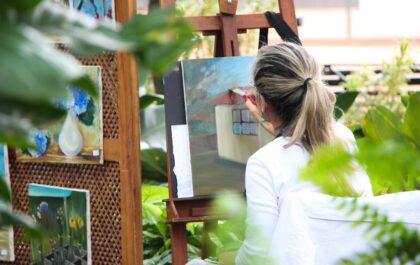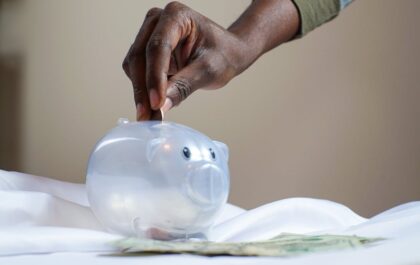Receive personalised articles from experts and wellness inspiration weekly!
Inspiring stories
From fear to hope: Lessons learned from my daughter’s type 1 diabetes journey
When my daughter Violet was diagnosed with Type 1 Diabetes at just 11 months old, the world seemed to shift beneath my feet.
Educational toys your kids will love
Don’t feed your baby these foods
Educational toys your kids will love
When potty training just isn’t working
Massages and pregnancy: Is it safe?
Wonder Weeks: A stress-free guide for parents
Choosing the best baby formula
Trending video
DIY advent calendar ideas for kids
Looking for a fun way to kick off the countdown to Christmas? Try a kid-friendly DIY advent calendar filled with surprises.
The Gottman Method: 3 ways to help your marriage last
Wondering how the Gottman Method can help your marriage? Here are 3 simple ways to build lasting love and a stronger connection.
The Gottman Method: 3 ways to help your marriage last
Wondering how the Gottman Method can help your marriage? Here are 3 simple ways to build lasting love and a stronger connection.
Why you should consider relationship counselling
Discover what relationship counselling involves, how it works, and whether it’s the right step for you and your partner.
The 5 things I learned from my divorce
Side hustles for mums: Turning spare time into cash
Whether you’re just wanting some extra cash, covering rising bills or dreaming of replacing your day job, you’ll need the right side hustle.
Why you should have a five-year-plan
12 kitchen swaps to save money and the planet
Discover 12 simple kitchen swaps that can help you reduce your environmental impact and make sustainable choices without breaking the bank.
DIY advent calendar ideas for kids
Looking for a fun way to kick off the countdown to Christmas? Try a kid-friendly DIY advent calendar filled with surprises.
11 Minecraft cakes that kids will love
Vision boards: The ultimate tool for proactive mums to achieve their goals
Find out how vision boards can help mums stay focused, inspired and organised while turning big dreams into achievable goals.
Trending kids’ birthday cakes for 2024
Meal inspiration
Receive personalised articles from experts and wellness inspiration weekly!
Mind & body
Recent posts
Eggplant parmigiana
Eggplant parmigiana: It’s got that rich purple skin that’s as Italian as a Vespa and it soaks up oil as quickly as Zia soaks up gossip.
The secret to soothing a teething baby
Struggling with a grizzly, teething baby? Find gentle, real-life ways to soothe your little one and survive those fussy days with a smile.
Anterior placenta: What expecting mums need to know
Learn how having an anterior placenta affects your pregnancy, baby movements and ultrasounds in this easy-to-understand guide.
The quiet power of helping less
Sometimes the reason we help isn’t for the other person, but for ourselves. And sometimes, the most meaningful help isn’t in what we do.
It can happen to them: Protecting your children from sextortion
Many sextortion scams are targeting teens. Learn how to spot the signs, talk to your child about online safety, and what to do if it happens.
The ultimate trivia questions for a fun family night
Family night just got better! Explore the ultimate trivia questions that bring joy, laughter, and a little friendly competition.







